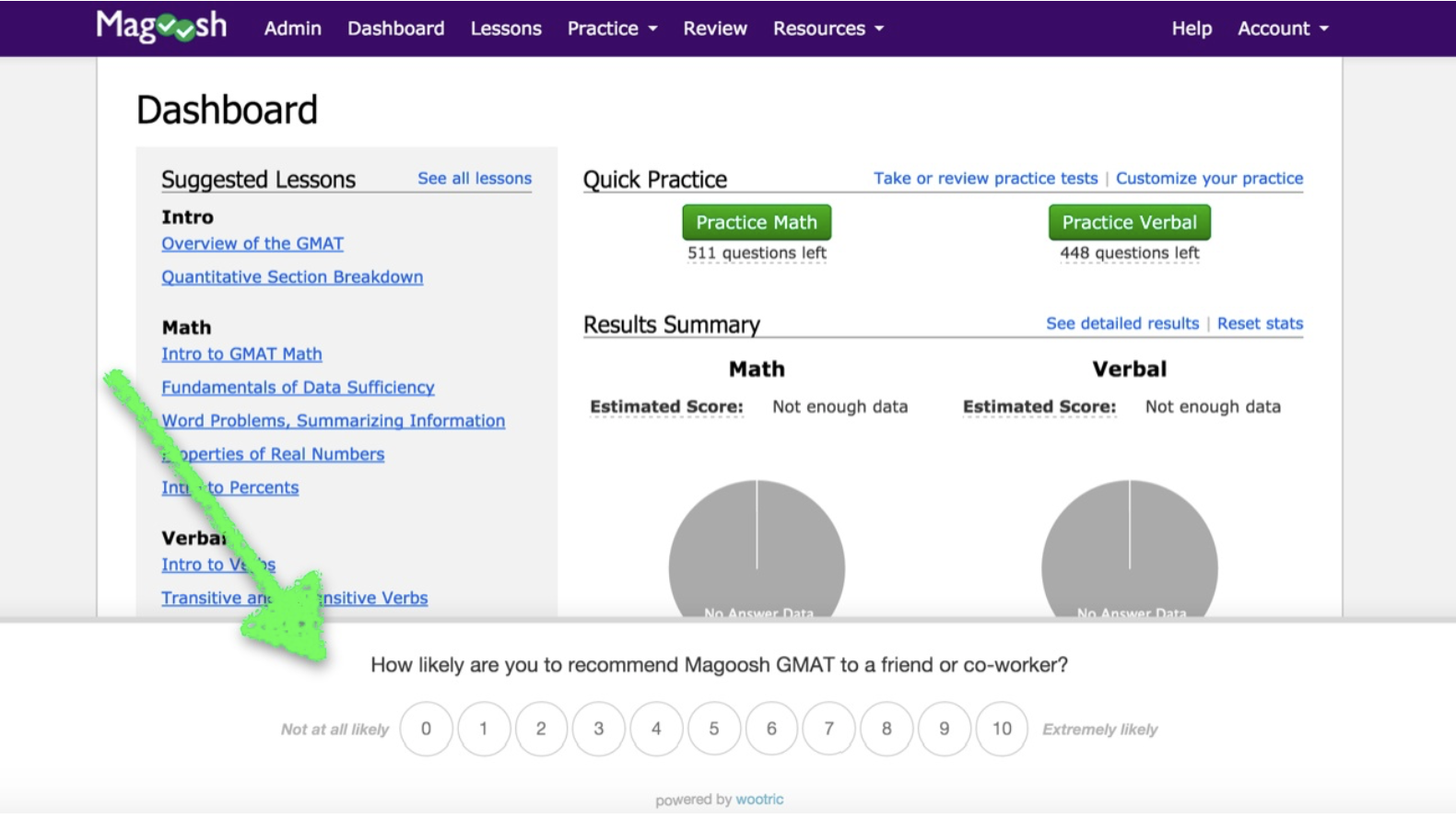The trick that comes with creating customer-centric cultures (and something many brands miss when planning these projects) is that it’s not a one-and-done process. It’s a cyclical, continuous effort that every company, including medical device and supply brands, need to pay constant attention to as they create improved experiences.
If you’re worried that your organization might need to brush up on a more customer-centric culture, don’t be! We’ve been in the business of Experience Improvement (XI) for a long time, and while there’s always more to learn, we’ve put together a few tips that we’ve seen create great customer-centric cultures time and again.
- Create Cross-Functional Teams
- Leverage Advocacy and Meetings
- Tweak Hiring and Messaging
Tip# 1: Create Cross-Functional Teams
One reason a lot of medical device, or other, brands struggle with creating customer-centric cultures is because they try to have teams do so from within siloes. The problem with this approach is that it makes every team work off of their own idea of the customer, which creates highly inconsistent experiences and, ultimately, customer churn.
Fortunately, this problem has a relatively simple fix: let your teams mingle! Creating a cross-functional team is a great way to bring isolated views of the customer together, resulting in a 360-degree view that is both something all teams can work off of and, at the end of the day, more accurate. An accurate and whole picture of the customer works wonders for Experience Improvement!
Tip #2: Leverage Advocacy and Meetings
The next step in this process is to take your synergy beyond customer experience (CX) meetings… and advocate for customers across the organization! Let even the employees who aren’t near the front lines know how their work helps build a better experience. A lot of companies think that employees might not care to know how customers feel if they’re “too” behind-the-scenes; the truth is that no team is unattached from Experience Improvement, and letting them know that boosts morale.
What’s funny about customer-centric culture is that some folks take the term to mean things only getting better for customers. From what we’ve seen, employees who have a chance to become more invested in customers’ experiences end up creating a better employee experience (EX) for themselves, which creates a continuous improvement feedback loop.
Tip #3: Tweak Hiring and Messaging
Once organizations create a unified view of that customer and then spread it to all of their employees, it’s time to extend that passion outward. Brands that infuse this new perspective into their hiring techniques will stand a far better chance of finding employees who are not only genuinely interested in Experience Improvement, but also a great fit for such a customer-centric organization.
Messaging also plays a key role here; you want to let new and prospective customers know that they too can benefit from a meaningfully improved experience that your brand re-dedicates itself too. More fundamentally, this approach lets both new and existing customers know that you value them as people, not just price points, which will keep them coming to you instead of the competition, strengthen mutual relationships, and create a stronger bottom line for your organization.
Interested in learning more about how your medical device brand can create customer-centric culture? Click here to read our full-length eBook on the subject and to gain more intel on meaningfully improving all of your experiences!





 How do I know this? When product, marketing, sales and customer success are aligned it is the foundation for a company to sustain high growth. This model for success often results in a high NPS.
How do I know this? When product, marketing, sales and customer success are aligned it is the foundation for a company to sustain high growth. This model for success often results in a high NPS.







